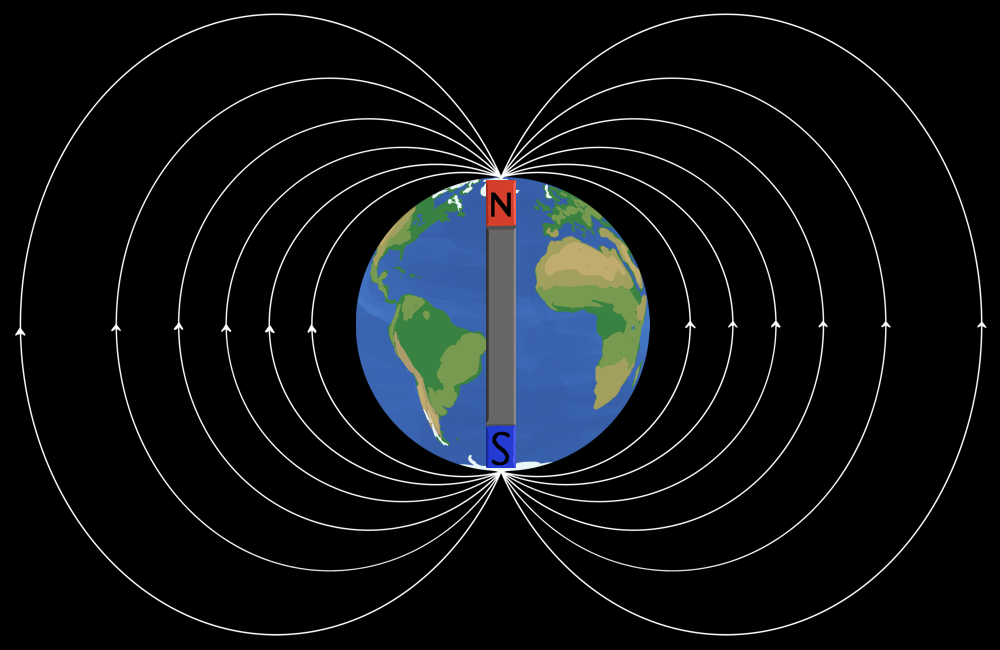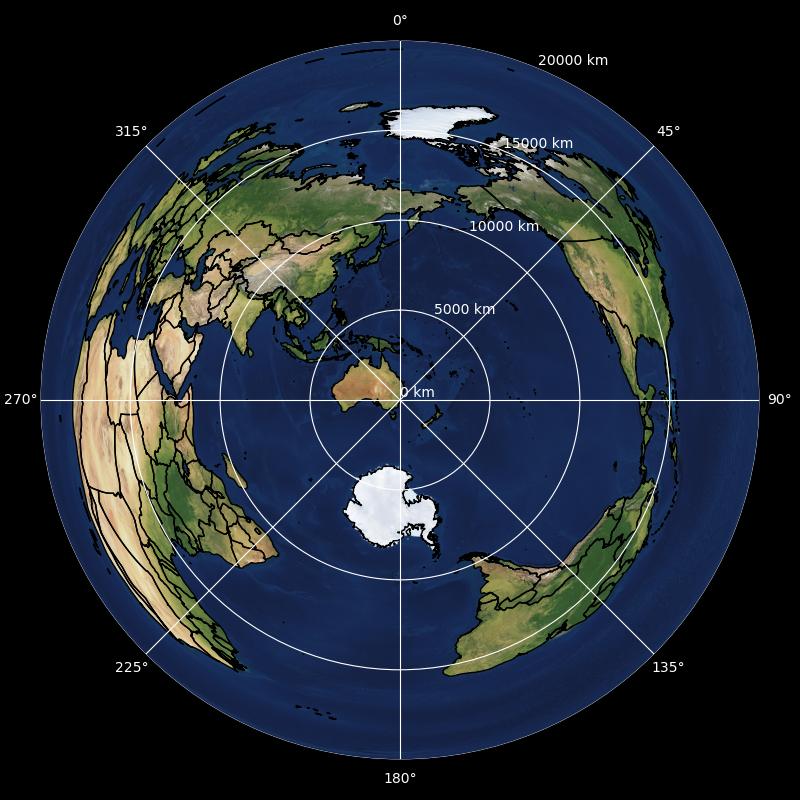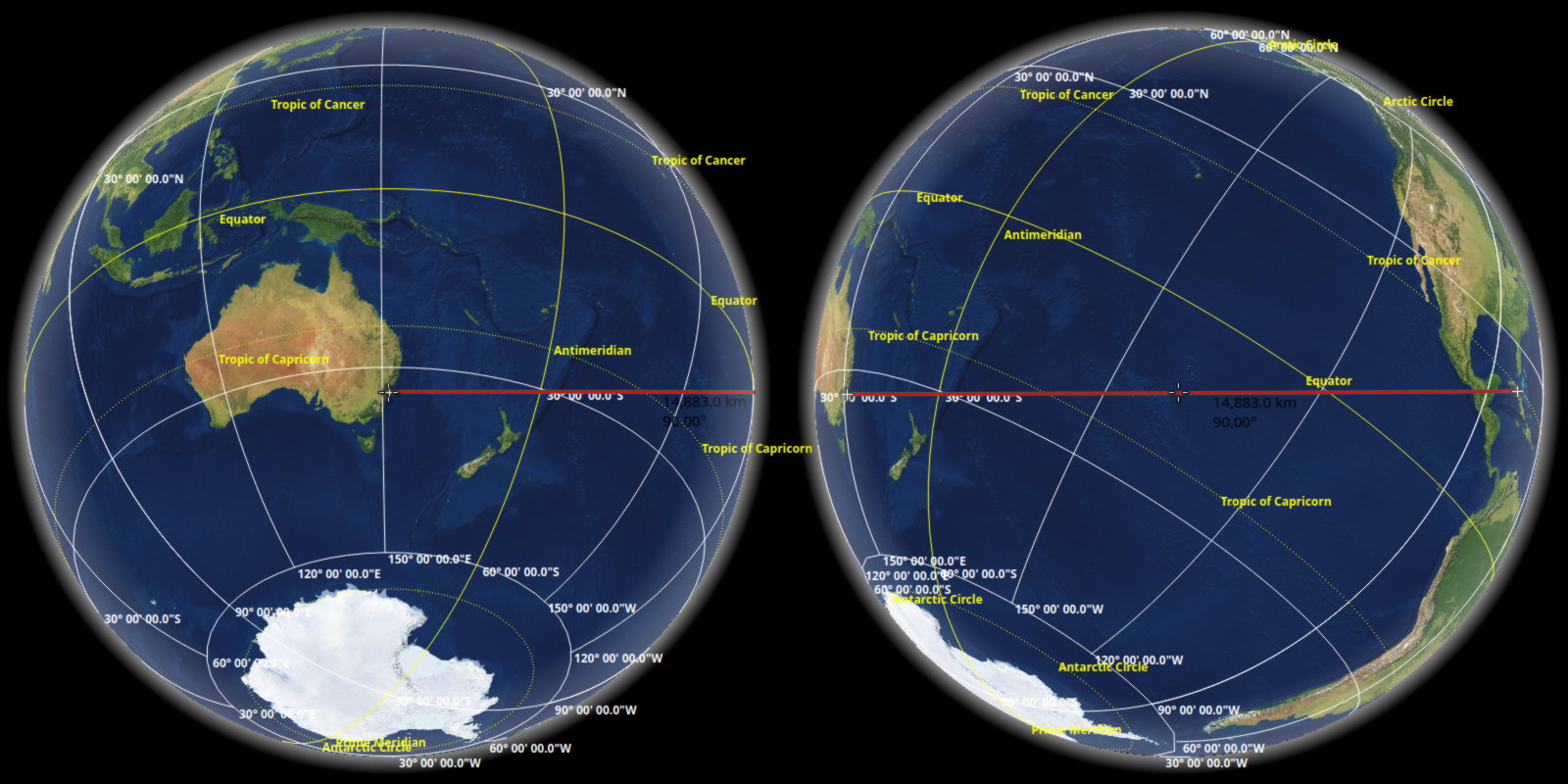Breaking into supertelephotography
About two years ago, after running through a series of second-hand compact cameras, I went looking for a compact of my own. I’m not entirely sure what the requirements were – availability, mostly – but I ended up grabbing a Panasonic Lumix DMC-TZ80. One of the neat features about this camera is its whopping 30× zoom: 4.3–129 mm, or “24–720 mm” as the “35 mm equivalent”.[1] That makes it a pretty versatile unit, but that far end of the range ended up being more useful than I anticipated, because it turns out what I want to photograph …



